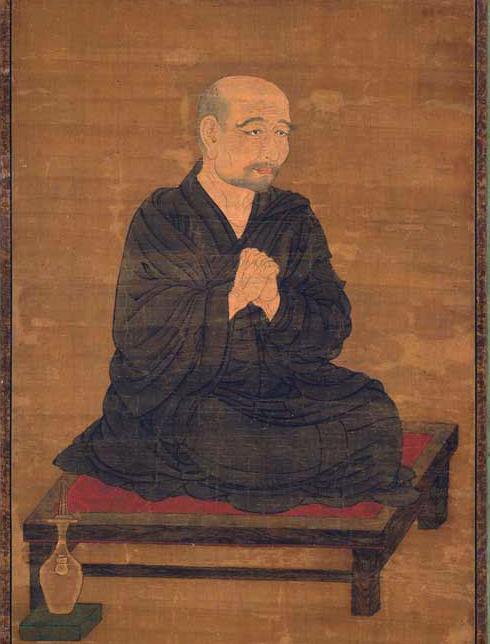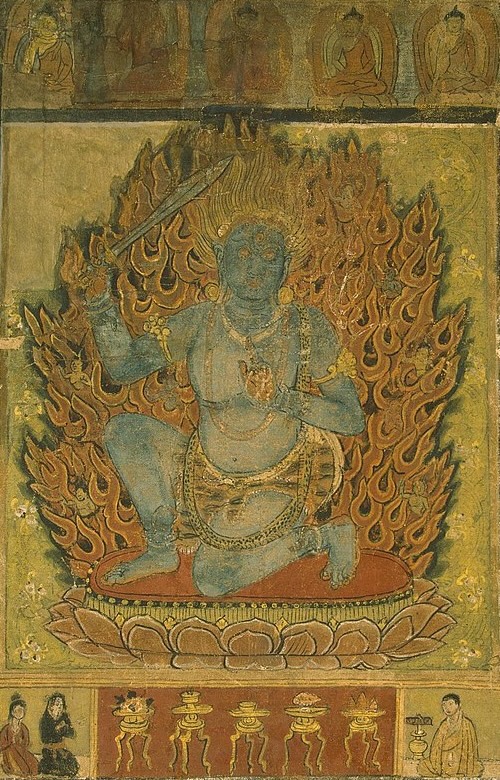The presidential inauguration of Donald Trump on 20 January was an epochal event in American and world history. The sight of Mark Zuckerberg (Meta), Jeff Bezos (Amazon), Elon Musk (SpaceX/X/Tesla), Shou Zi Chew (TikTok), and Sundar Pichai (Alphabet/Google) holding court with the new Don made past and future espionage movies, or Netflix shows about government and corporate surveillance or anything involving rogue AI, almost boring.
Despite Rupert Murdoch’s presence at the inauguration, the idea of press barons influencing politicians or shadowy companies lobbying government policy sounds almost quaint when the CEOs of the most powerful companies trading in the most powerful asset in the world—personal data and information—are right in the room, circling one another like rivals and the globe like prey.
The lords of disorder are here, and they are more worthy of such a title than perhaps even those that set in motion the “crises of faith” in the West in the first place (the military contractors and Big Oil of the American invasion of Iraq in 2003 and the architects of the 2008 Global Financial Crisis). With Trump’s election, regardless of one’s politics, you will see a more fractured world in which ideology is even more wedded to the exercise of power—often in the form of military strength. I should note that this was always so.

2025 ushers in an opportunity to reflect on the Buddhist’s role in civil society, government, business, and anything involving leadership in an urgent and serious manner. On the eve of the New Year, Brian Daizen Victoria did exactly that with his article “On the Prospect of Buddhist Complicity in Genocide.” Whether on BDG or other publications, Brian thrives on asking the tough questions, enquiring about that which compels Buddhists to look most authentically and honestly at their principles. And this meticulous and unvarnished self-introspection more often than not digs up uncomfortable contradictions, hypocrisies, and tensions.
In his essay, Brian wrote: “. . . the question must be asked: what has been the spiritual cost to Buddhism, especially its ethical teachings, for its long and ongoing history of subservience to the state, most especially state-initiated warfare. What happens to the teachings of Shakyamuni Buddha when the chaplains ministering to Buddhist soldiers are themselves in the military’s chain of command, wearing an officer’s uniform and receiving an officer’s salary. Are they not thereby prioritizing their own nation and its national interests alongside, if not above, the teachings of their faith?”
He continues: “A good argument can be made that the core of the problem lies in the military chaplaincy system itself, for all military chaplains, regardless of faith, are required to unconditionally support the mission of their respective country’s military: to kill or otherwise incapacitate all enemies, domestic and foreign. . . . what would the founder of my faith, Shakyamuni Buddha in this case, have done or at least expect me to do? This is a particularly vexing question for Buddhists, since Shakyamuni Buddha is recorded as having personally gone to the battlefield to prevent wars on two occasions.”

Brian’s argument brings in not only the false pretenses for prosecuting the Iraq War from 2003, but also the recently concluded (supposedly) conflict between Palestine and Israel. His case has two fundamental layers. First, the Buddhist presence in the armed forces of any country constitutes a moral morass that we have not questioned with the appropriate urgency and solemnity. Secondly, when Buddhists “serve” as soldiers, commanders, or chaplains to the military and that military commits acts of alleged genocide, those Buddhists are complicit in the gravest of violations of the most basic precept: refraining from killing.
One of my recent reads is an excellent layman’s book on strategy through learning from history’s greats: Grand Strategy (2019) by John Lewis Gaddis. In his chapter comparing Saint Augustine and Machiavelli, “Souls and States,” Gaddis (who is Robert A. Lovett Professor of History at Yale) writes about Augustine’s preoccupations in City of God: “You lean, bend, or tilt in a certain direction when choosing between order and justice, war and peace, Caesar and God. You’re aligning aspirations with capabilities, for in Augustine’s thinking justice, peace, and God fit the first category, while order, war, and Caesar inhabit the second.” (Gaddis 2019, 105)
I have also been having conversations with friends about two powerful figures who shared quite a bit in common: Huayan preceptor Fazang (643–712), counsellor to China’s only female empress Wu Zetian (624–705), and esoteric master Amoghavajra (705–774), who counselled three Tang emperors over one of the most terrible periods of Tang history: the An Lushan Rebellion. Both masters were recorded as being powerful practitioners of magic, with Fazang being more of a thaumaturgist and controller of weather, while Amoghavajra performed tantric rituals that directed dread wrathful deities like Yamantaka and Acala against the emperors’ enemies.
Buddhists, like Augustine, did not see themselves as inherently owing allegiance to a worldly power. Yet I believe that like Augustine, powerful preceptors like Fazang and Amoghavajra would have accepted that order must precede, and in their vision, only a state can provide stability. (Gaddis 2019, 114) But the Buddha walked the path of an enlightened sage rather than a world-conquering monarch, and in this absence, perhaps we can sense throughout Buddhist history a pragmatic and philosophical strategy in blessing, consecrating, a giver of order.

Just consider Amoghavajra’s letter to the emperor on 27 December 763, which would change the trajectory of his life at court and his power in the imperial establishment forever. In this petition, he requested permission “to initiate monastic practitioners into his Esoteric Buddhism,” authorizing them to perform homa rites, the four siddhi of pacification, augmentation, subjugation, and attraction (pacification and subjugation being the tantric effects directed at enemies of the state):
“Your humble servant ventures to observe that the Dharma of transcending calamities and warding off disasters does not surpass the Secret Great Vehicle. . . . [I] respectfully submit this virtuous power in order to extinguish the crowd of evildoers. . . . grant this portent of enduring peace and tranquility.” (my emphases)
(Goble 2018, 179)
While Buddhism did not articulate a theory of “Just War” like Augustine (and I have neither the capability nor intention of outlining my own in this short essay), I do believe that, after reading Gaddis, that Buddhist leaders need to have some idea of grand strategy as part of their Dharma work and mission, which entails matching capabilities with aspirations.
For the Buddhist, the aspiration is perhaps a bit mind-bending: Buddhahood for all beings without end. As mere mortals, we scale things down. Cosmic liberation can wait; we will just work on our own small selves. But what about society? A peaceful and stable society without war is what Amoghavajra sought, and in his letter to the emperor, without a stable government and freedom from all manner of disasters (many of them inflicted by human threats like An Lushan), there was no way to reinstate the memory of the once-peaceful and prosperous Tang that had been torn asunder by An Lushan.

That was unforgivable. And therefore, Amoghavajra saw no problem with invoking terrible demonic beings to kill the emperor’s enemies through esoteric Buddhist ritual: to deploy Buddhist power as war magic or military ritual technology. (Goble 2018, 94; 122) And sure enough, the emperors Daizong and Suzong saw how An Lushan’s rebellion was resolved in an eerily miraculous fashion (An and his inner circle died in horrible circumstances, with An being murdered by his son, who was in turn killed, and so on). They very likely saw Amoghavajra’s tantric hand in these acts of black magic that helped preserve the state.
Gaddis thinks that Augustine was weighed down by guilt, while Machiavelli often saw comedy. Could a Buddhist leader attain a certain “lightness of being” in which one can find the good in bad things, or at least remain afloat among them? (Gaddis 2019, 109) What is the balance? Are today’s military pastoral carers contributing to terrible suffering that leads to destabilization and global disorder, which is the opposite of what Fazang and Amoghavajra would have wanted? When the ruler is themselves the source of chaos, that is surely the ruler who must be abandoned, especially if one serves in their armed forces.
It will be up to the individual Buddhist counsellor or chaplain in the military to look seriously at whether the military of their nation-state—the primary political institution around which our modern lives are organized—has a grand strategy that contributes to a more stable society. In the past, Pax Americana may have been compelling enough for many Buddhists to serve. Brian’s question, beyond pastoral care, is stark: our responsibility is to ask whether our countries are, in good faith, contributing to order or disorder.
Then, align our aspirations with our capabilities accordingly.
Related features from BDG
On the Prospect of Buddhist Complicity in Genocide
References
John Lewis Gaddis. 2019. On Grand Strategy. New York: Penguin Books
Geoffrey C. Goble. 2019. Chinese Esoteric Buddhism: Amoghavajra, the Ruling Elite, and the Emergence of a Tradition. New York: Columbia University Press


